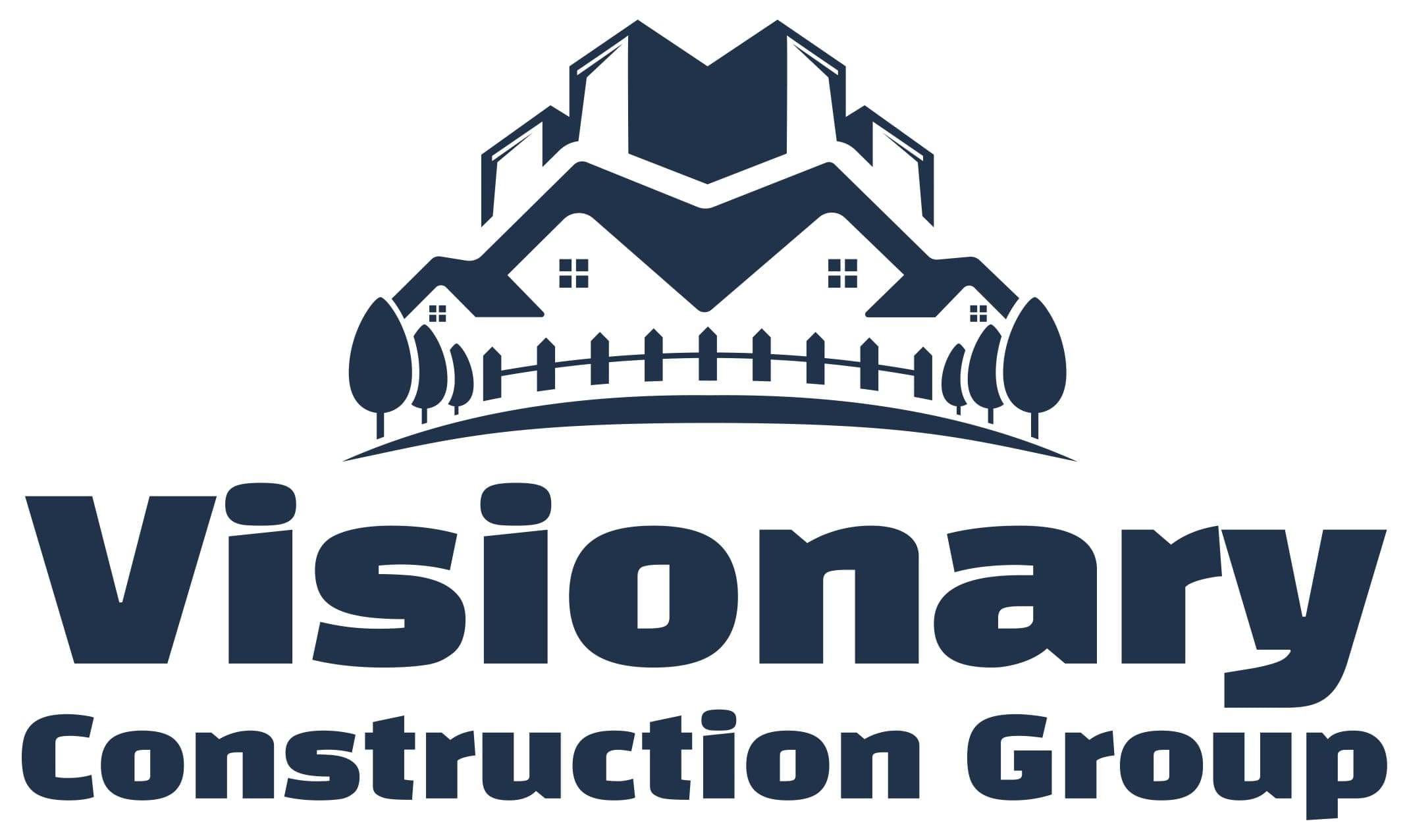Embarking on a complete home rebuild is a significant and exciting undertaking. Whether you’re rebuilding due to structural issues, want to modernize, or create your dream home, the process requires careful planning and preparation. This guide will walk you through everything you need to know to prepare for a complete home rebuild, from setting a budget to moving back into your new space.
Assessing the Need for a Complete Home Rebuild
Identifying Structural Issues
The first step in preparing for a home rebuild is understanding why it’s necessary. Are there significant structural issues that make renovation impractical? Issues like foundation problems, extensive water damage, or outdated wiring might warrant a complete rebuild rather than a series of renovations.
Considering Modernization and Space Requirements
Beyond structural concerns, consider how your home meets your current needs. Do you require more space, or is your home needing more modern amenities? A complete rebuild allows you to reimagine your living space from the ground up, incorporating the latest design trends and technologies.
Setting a Realistic Budget
Understanding Costs Involved in a Home Rebuild
Creating a budget is crucial for a successful rebuild. Research your area’s average cost per square foot and consider materials, labor, and unexpected expenses. It’s also wise to get quotes from multiple contractors to better understand the financial scope of your project.
Allocating a Contingency Fund
Unexpected costs are almost inevitable in a rebuild. Allocating a contingency fund—typically 10-20% of your total budget—can help cover unforeseen expenses without derailing your project. This financial cushion ensures you’re prepared for surprises and can continue the rebuild without significant delays.
Designing Your Dream Home
Working with Architects and Designers
Collaborating with architects and designers is a critical part of the rebuilding process. These professionals can help bring your vision to life, ensuring that your new home meets both your aesthetic preferences and functional needs. Choose experts who understand your style and can offer creative solutions to any challenges.
Prioritizing Your Must-Have Features
When designing your new home, prioritize the most essential features. Whether it’s an open-plan kitchen, a home office, or eco-friendly materials, identifying your must-haves early on will guide the design process and help you stay within budget.
Navigating the Permit and Approval Process
Understanding Local Building Codes
Before construction begins, you must navigate the complex world of permits and approvals. Start by familiarizing yourself with your local building codes and zoning laws. These regulations will dictate what you can and cannot do with your rebuild, so it’s crucial to understand them thoroughly.
Securing Necessary Permits and Approvals
Obtaining the necessary permits is a time-consuming but essential step in rebuilding. Work closely with your contractor or architect to ensure all paperwork is filed correctly and on time. Delays in securing permits can push back your project timeline, so staying proactive is essential.
Choosing the Right Contractor
Researching and Interviewing Contractors
The success of your home rebuild heavily depends on the contractor you choose. Start by researching local contractors with experience in complete home rebuilds—interview several candidates, asking about their previous projects, timelines, and how they handle challenges.
Evaluating Proposals and Contracts
Once you’ve narrowed down your choices, evaluate the proposals carefully. Look for detailed breakdowns of costs, timelines, and materials. It’s also essential to review the contract terms, ensuring they include clauses for dealing with delays, changes in scope, and other potential issues.
Preparing for Demolition Day
Ensuring Safety and Compliance
Demolition is an exciting milestone in your rebuild, but it comes with its own set of challenges. Safety is paramount, so ensure your contractor follows all safety protocols and complies with local regulations. This includes securing the site, managing hazardous materials, and adequately disconnecting all utilities.
Managing Waste and Recycling
Demolition generates significant waste, but much of it can be recycled. Work with your contractor to develop a waste management plan that includes recycling materials like wood, metal, and concrete. This not only reduces environmental impact but can also save on disposal costs.
Living Arrangements During the Rebuild
Temporary Housing Options
A complete home rebuild means you’ll need to find alternative living arrangements for the duration of the project. Consider options like renting a temporary apartment, staying with family, or even living in a mobile home on-site. Whatever you choose, make sure it’s convenient and comfortable for your needs.
Planning for a Smooth Transition
Moving out of your home can be stressful, but planning can make the transition smoother. Start packing non-essential items early, and create a checklist of tasks to complete before the move. Keep in close contact with your contractor to ensure you have a clear timeline for when you can move back in.
Monitoring the Construction Process
Staying Involved in Key Decisions
Even after construction begins, your involvement is crucial. Regularly check in with your contractor to stay updated on progress and to make critical decisions. Whether choosing materials or approving design changes, your input ensures the final result aligns with your vision.
Managing Timeline and Budget
It is uncommon for timelines to shift during a rebuild, but staying on schedule can help minimize delays. Similarly, keep a close eye on your budget, ensuring that any changes or unforeseen expenses are accounted for without overspending.
Preparing for the Final Walkthrough
Creating a Punch List
As your rebuild nears completion, it’s time to prepare for the final walkthrough. Create a punch list of any minor issues or unfinished work that must be addressed. This could include paint touch-ups, fixtures that need adjusting, or areas that require additional cleaning.
Ensuring Quality and Compliance
During the final walkthrough, carefully inspect every aspect of your new home to ensure it meets your standards and complies with all building codes. Don’t hesitate to point out any concerns to your contractor—this is your last opportunity to ensure everything is perfect before moving back in.
Moving Back In: What to Expect
Coordinating the Move
Moving back into your newly rebuilt home is an exciting moment, but it requires careful coordination. Plan your move, ensuring that utilities are connected, furniture is delivered, and all finishing touches are complete. A well-organized move will help you settle in quickly and comfortably.
Settling into Your New Space
Once you’ve moved in, enjoy your new space. Adjusting to your rebuilt home might take a little while, so give yourself time to settle in. Unpack gradually, arrange your furniture, and add personal touches to make the space feel like home.
Conclusion
A complete home rebuild is a complex but ultimately rewarding process. Planning carefully, staying involved, and working with the right professionals can turn your vision into reality. Whether rebuilding due to necessity or creating your dream home, this comprehensive guide provides the steps you need to ensure a successful project.
FAQs
How long does a complete home rebuild typically take?
The timeline for a complete home rebuild can vary depending on the home’s size, design complexity, and local permit processes. On average, it takes six months to over a year.
What are the most common challenges during a home rebuild?
Common challenges include securing permits, staying within budget, managing unexpected delays, and coordinating with contractors. Clear communication and careful planning can help mitigate these issues.
How can I ensure my rebuild stays within budget?
To stay within budget, create a detailed financial plan, include a contingency fund, and regularly review expenses with your contractor. Making decisions promptly and avoiding last-minute changes can also help control cost






